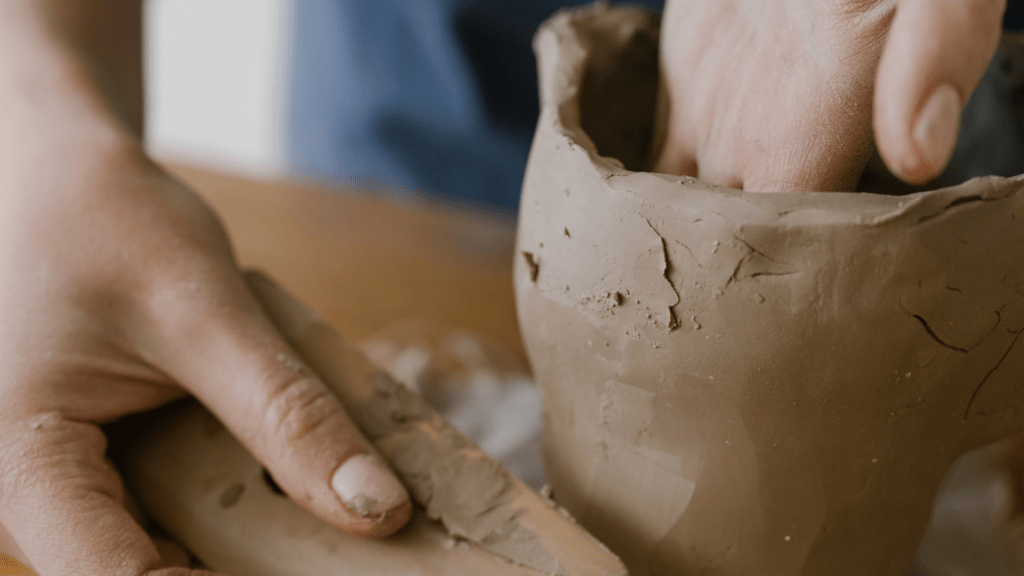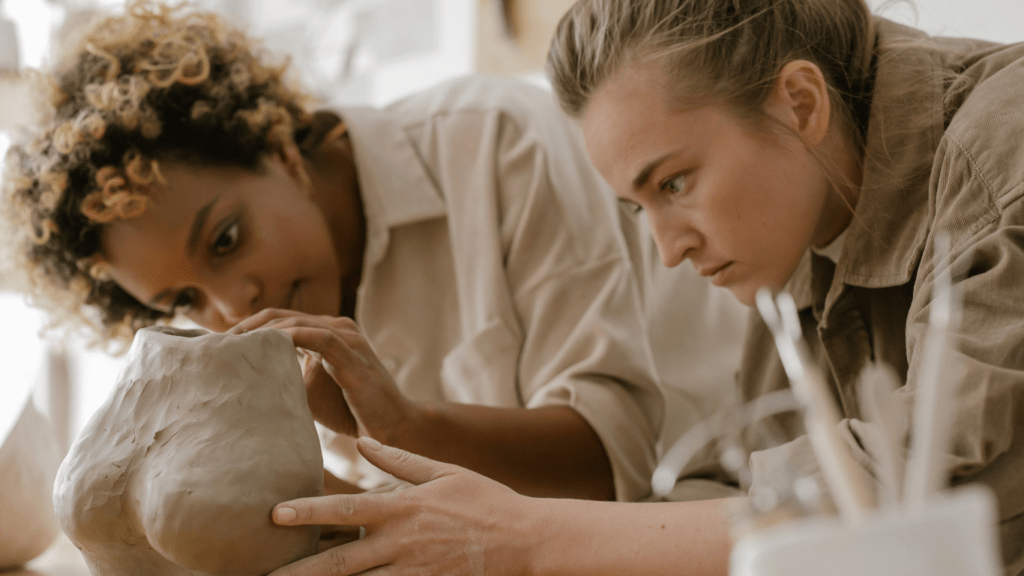Overview of Art Therapy for Stress Relief
Art therapy serves as a therapeutic practice that uses creative processes to relieve stress and improve mental well-being.
What Is Art Therapy?
Art therapy combines visual arts and psychotherapy to promote emotional healing. Practitioners use various creative activities, such as:
- drawing
- painting
- sculpting
to explore their emotions and thoughts. The American Art Therapy Association defines it as a mental health profession that improves cognitive and sensorimotor functions while reducing stress.
Benefits of Art Therapy for Managing Stress
Art therapy offers several benefits for stress management:
- Emotional Expression: Creative activities like painting and drawing provide an outlet for expressing emotions that might be hard to verbalize. This can aid in processing complex feelings, reducing stress.
- Mindfulness: Focusing on creating art requires present-moment awareness, similar to mindfulness practices. This helps divert attention from stressors, promoting relaxation and reducing anxiety.
- Self-discovery: Engaging in art therapy can foster self-awareness by helping individuals explore their inner thoughts and feelings. It encourages reflection and personal growth.
- Non-verbal Communication: For individuals who find it difficult to articulate their stress, art therapy offers a way to communicate non-verbally. This can be particularly useful for children and those with language barriers.
- Coping Skills: Developing artistic skills and creating something tangible can enhance self-esteem and provide a sense of accomplishment. These positive experiences build resilience and better stress management.
Overall, art therapy functions as a multi-faceted approach to reducing stress, benefiting both mental and emotional health.
Common Techniques in Art Therapy
Art therapy uses various methods to facilitate stress relief and emotional healing. These methods involve different art forms that let individuals express themselves creatively.
Painting and Drawing
Painting and drawing encourage emotional expression through colors and lines. They help individuals process emotions by visualizing their thoughts on paper or canvas. For instance, watercolor painting offers a soothing experience while charcoal drawing allows for intense emotional release. These activities promote relaxation by engaging the brain in a focused and calming task.
Sculpting and Clay Work

Sculpting and clay work provide tactile experiences that can be particularly grounding. The act of molding clay or sculpting materials helps release tension in the hands, which can correlate to mental stress release. Examples include hand-building pottery or creating figurines. These activities foster a strong connection between physical sensations and emotional states, enhancing mindfulness and presence.
Collage Making and Mixed Media
Collage making and mixed media involve combining various materials like paper, fabric, and found objects to create unique artworks. This technique encourages creative exploration and improvisation, allowing individuals to integrate disparate elements of their lives into a cohesive whole. Examples include vision boards and assemblages. This method aids in organizing thoughts and emotions visually, making complex feelings more manageable.
Implementing Art Therapy in Daily Life
Implementing art therapy in daily life enhances emotional well-being and provides a constructive outlet for stress. Here are some practical ways to incorporate it into your routine.
Setting Up a Creative Space at Home
Setting up a creative space at home boosts productivity and ensures a dedicated area for artistic expression. Choose a quiet corner with natural light. Ensure it’s free from distractions, and keep essential supplies like paper, paints, brushes, and clay within easy reach. Add personal touches like inspiring artwork or calming decorations to create a conducive environment for creativity and relaxation.
Incorporating Art Therapy into Routine
Incorporating art therapy into your routine consistently helps manage stress. Schedule specific times for art activities, such as 30 minutes before bed to unwind. Use weekends for longer sessions or family art projects to build connections. Carry portable art supplies, like sketchbooks and pencils, to utilize idle times during travel or breaks.
Track progress by maintaining an art journal, noting emotions before and after sessions to observe patterns and improvements in emotional health. Regularly participating in different artistic activities ensures varied and holistic engagement.
Tips for Beginners in Art Therapy
Embarking on an art therapy journey can feel daunting but starting with the basics simplifies the process. I’ll provide useful tips for getting started effectively.
Choosing the Right Materials
Select materials that make you feel comfortable. For instance, beginners might prefer basic supplies like pencils, paper, and colored markers. Avoid overwhelming yourself with too many choices.
Opt for non-toxic, easy-to-use products, especially if children are involved. Experimentation is key, so try various mediums over time to find what resonates with you.
Guided Sessions vs. Self-Directed Activities
Decide between guided sessions and self-directed activities based on personal preference. Guided sessions, often led by a certified art therapist, offer structured support and professional insights.
On the other hand, self-directed activities provide the freedom to explore creativity at your own pace. A mix of both may enhance the therapeutic experience, catering to different emotional needs and learning styles.

 Anna Freehill, a key contributor to Avant Garde Artistry Hub, plays a vital role in shaping the platform’s vision. As an author and collaborator, she helps bridge the worlds of art and technology, offering insightful articles that guide artists through the rapidly evolving creative landscape. Anna’s dedication to highlighting art's therapeutic value has contributed to the platform’s focus on mental and emotional well-being through creative expression.
Her involvement in building Avant Garde Artistry Hub has been instrumental in providing valuable resources to artists seeking to enhance their careers. Whether through her writing on business strategies or her support in platform development, Anna is committed to fostering a space where artists can thrive and embrace the future of art.
Anna Freehill, a key contributor to Avant Garde Artistry Hub, plays a vital role in shaping the platform’s vision. As an author and collaborator, she helps bridge the worlds of art and technology, offering insightful articles that guide artists through the rapidly evolving creative landscape. Anna’s dedication to highlighting art's therapeutic value has contributed to the platform’s focus on mental and emotional well-being through creative expression.
Her involvement in building Avant Garde Artistry Hub has been instrumental in providing valuable resources to artists seeking to enhance their careers. Whether through her writing on business strategies or her support in platform development, Anna is committed to fostering a space where artists can thrive and embrace the future of art.